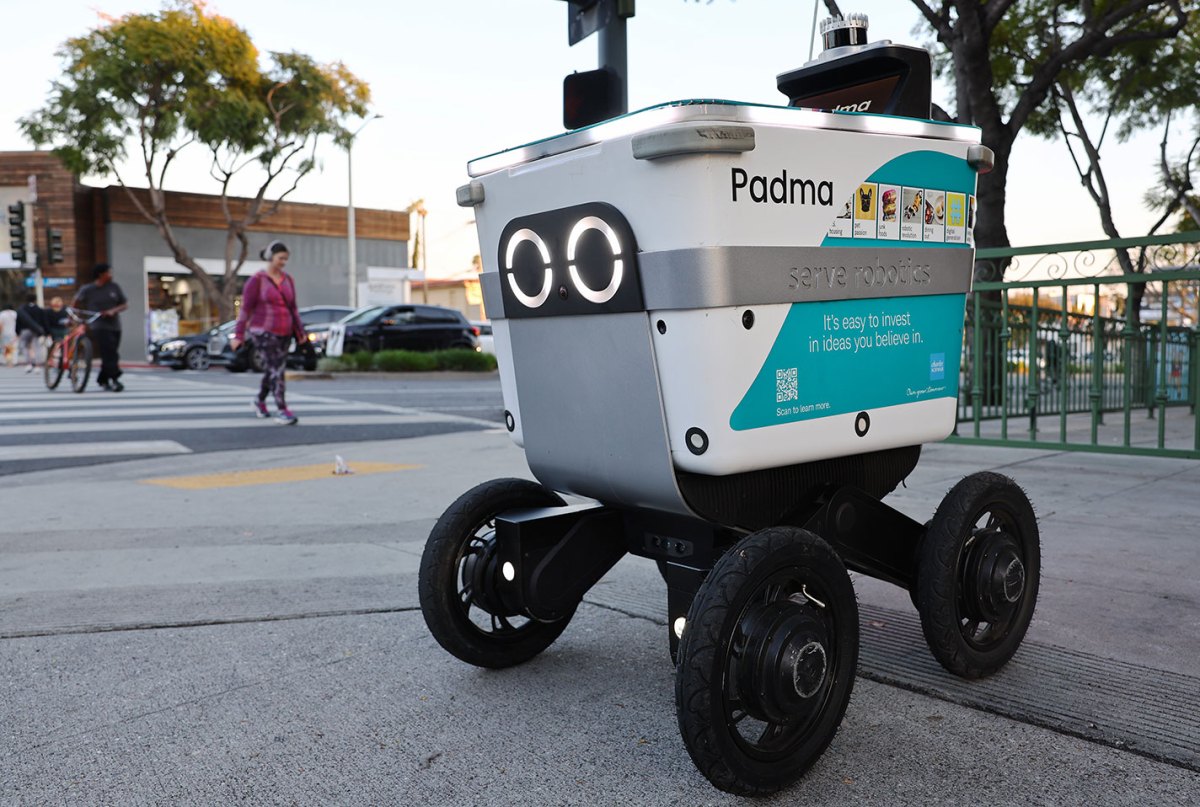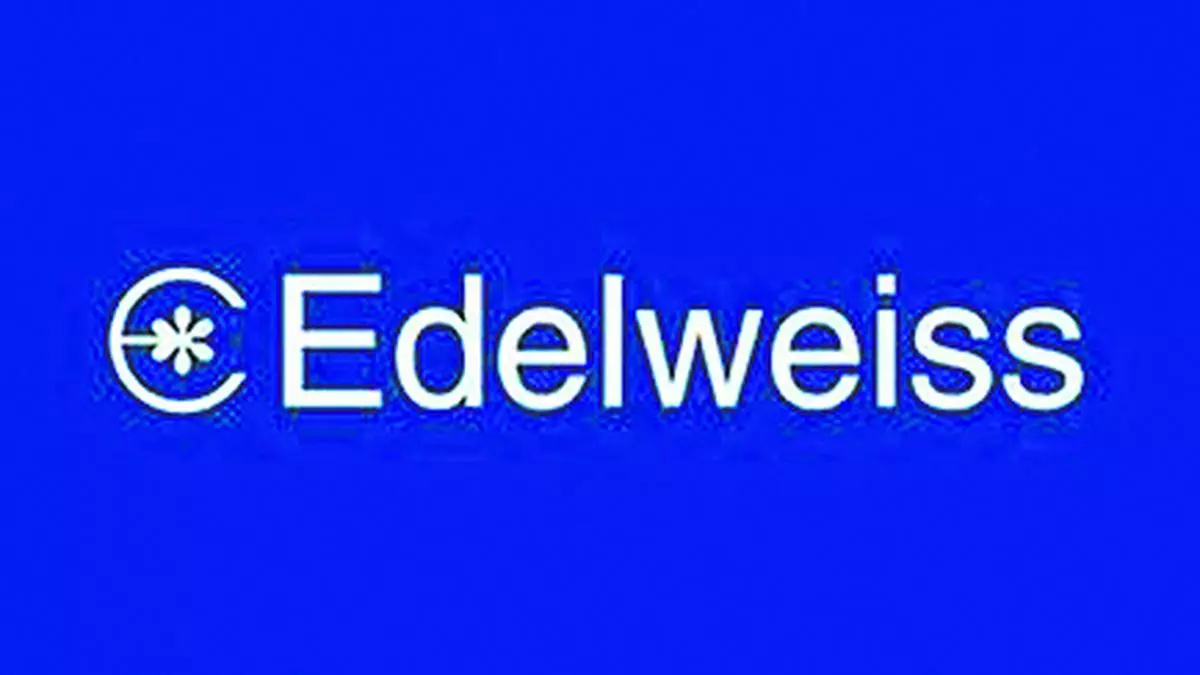
Introduction
Object-oriented programming (OOP) is a fundamental concept in software
development. Its principles form the backbone of many modern programming
languages, including
Java, Python, C++, and more. As the industry evolves, understanding OOP concepts
is more important than ever for aspiring developers and seasoned
professionals. Whether preparing for a job interview or looking to refresh
your knowledge, this guide will provide you with the top 35 OOP interview
questions and answers to help you stand out.
OOP helps organize complex software, making it easier to manage and modify. It
emphasizes reusable code, which can save time and resources in the long run.
The core principles of OOP—such as inheritance, encapsulation, polymorphism,
and abstraction—are essential for writing efficient and scalable code. This
comprehensive guide will delve into these principles and provide practical
examples to ensure you have a strong grasp of OOP concepts!
Read more.
Azure Data Factory interview questions and answers for 2024
List of Top 35 OOP Interview Questions
1. What is Object-Oriented Programming?
Object-oriented programming (OOP) is a programming paradigm that revolves
around objects rather than functions and procedures. Objects are instances of
classes and can contain data in the form of fields and code in the form of
methods. This paradigm helps organize software design around data or objects
rather than logic and functions.
2. What are the core features of OOP?
The core features of OOP are-
-
Encapsulation– Binding data and methods that manipulate the data into
a single unit called a class and restricting access to some of the object’s
components. -
Inheritance– Creating a new class from an existing class to promote
code reuse. -
Polymorphism– Allowing objects to be treated as instances of their
parent class rather than their actual class. -
Abstraction– Hiding complex implementation details and showing only
the necessary features of an object.
3. Define “object” in OOP.
An object is a fundamental unit of OOP. It represents a real-world entity with
attributes (data) and behaviors (methods). Different objects can have
different states and behaviors.
4. What is a class in OOP?
A class is a blueprint for creating objects. It defines a set of attributes
and methods that the created objects will have. While a class is a logical
construct, objects are its physical instances.
5. How do classes differ from objects?
-
Class– A blueprint or template for creating objects. It defines
attributes and methods. -
Object– An instance of a class. It occupies memory and has a state
and behavior defined by the class.
6. What is the difference between a class and a structure?
-
Class– Can contain methods and properties and supports features like
inheritance and polymorphism. -
Structure– Typically used for grouping data. In some languages,
structures cannot contain methods and do not support inheritance or
polymorphism.
7. Define data abstraction.
Data abstraction is the concept of hiding a class’s implementation details and
exposing only the necessary functionalities. It is achieved through abstract
classes and interfaces.
8. What is a constructor?
A constructor is a special method in a class that is automatically called when
an object of the class is instantiated. It initializes the object and can set
default values or perform other setup tasks.
9. What are the types of constructors?
The types of constructors include-
- Default Constructor– Initializes objects with default values.
- Parameterized Constructor– Initializes objects with provided values.
-
Copy Constructor– Initializes an object using another object of the
same class. - Static Constructor– Initializes static members of the class.
-
Private Constructor– Restricts instantiation of a class to within the
class itself or a nested class.
10. What is an exception?
An exception is an error condition that occurs during a program’s execution.
It disrupts the normal flow of instructions and must be handled by an
exception handler.
11. What are virtual functions?
Virtual functions are functions in a base class that can be overridden in
derived classes. They allow for dynamic (runtime) polymorphism.
12. How can you achieve data abstraction?
Data abstraction can be achieved using-
-
Abstract Classes– Classes that cannot be instantiated and may contain
abstract methods without implementations. -
Interfaces– Define a contract that implementing classes must follow
without providing the implementation.
Read more.
.Net core Interview questions and answers for Experienced And Freshers
13. What is encapsulation?
Encapsulation is the process of bundling data (attributes) and methods
(functions) that operate on the data into a single unit or class. It also
involves restricting access to that class’s inner workings to protect the
data’s integrity.
14. Compare structured programming and OOP.
-
Structured Programming– Divides programs into functions and
procedures using a top-down approach. It does not support data hiding or
code reuse. -
Object-oriented programming uses objects and classes with a bottom-up
approach. It supports data hiding, code reuse through inheritance, and more
efficient problem-solving.
15. What is static polymorphism?
Static polymorphism, or compile-time polymorphism, occurs when the method to
be invoked is determined at compile time. Examples include method overloading.
16. What is dynamic polymorphism?
Dynamic polymorphism, also known as runtime polymorphism, occurs when the
method to be invoked is determined at runtime. Examples include method
overriding.
17. What is hybrid inheritance?
Hybrid inheritance is a combination of two or more types of inheritance. It
involves multiple inheritance paths, including single, multiple, multilevel,
and hierarchical inheritance.
18. What is hierarchical inheritance?
Hierarchical inheritance occurs when multiple classes inherit from a single
base class. This allows for shared functionality among the derived classes.
19. Why use OOP over structured programming?
OOP is preferred over structured programming for several reasons-
-
Solves Complex Problems– Better suited for solving complex problems
due to its modular approach. -
Data Hiding– Provides better data security by hiding implementation
details. -
Code Reuse– Encourages code reuse through inheritance, reducing
redundancy. -
Encapsulation– Binds data and methods, promoting organized and
maintainable code. -
Polymorphism– Offers flexibility by allowing entities to have
multiple forms.
20. What is a try/catch block used for?
A try/catch block is used to handle exceptions. The try block contains code
that may throw an exception, while the catch block handles the exception if
one occurs.
21. What is a final block?
A finally block contains code that is executed after the try and catch blocks,
regardless of whether an exception was thrown. It is typically used for
cleanup tasks.
Read more.
Top 15 Azure Databricks Interview Questions You Need to Know
22. What is the finalize method?
The garbage collector calls the finalize method before an object is destroyed.
It is used to perform cleanup operations, such as releasing unmanaged
resources.
23. What is a destructor?
A destructor is a method that is called when an object is destroyed. It
performs cleanup tasks like closing files or releasing resources. In languages
like C++, it is defined with a tilde (~) before the class name.
24. What are access specifiers?
Access specifiers (or access modifiers) define the scope of access for class
members. Common access specifiers include-
- Private– Accessible only within the same class.
- Protected– Accessible within the same class and by derived classes.
- Public– Accessible from any other class.
25. What is method overloading?
Method overloading allows multiple methods in the same class to have the same
name but different parameters. This is a form of compile-time polymorphism.
26. What is method overriding?
Method overriding allows a subclass to provide a specific implementation for a
method already defined in its superclass. This is a form of runtime
polymorphism.
27. What is a subclass?
A subclass, or child class, is a class that inherits properties and behaviors
from another class, known as the parent or base class.
28. What is inheritance?
Inheritance is a feature of OOP that allows one class to inherit attributes
and methods from another. It promotes code reuse and establishes a
hierarchical relationship between classes.
29. Differentiate between private, protected, and public access modifiers.
- Private– Members are accessible only within the class.
-
Protected– Members are accessible within the class and by derived
classes. - Public– Members are accessible from any class.
30. What is the difference between a method and a class?
-
Method– A function defined within a class. It performs a specific
task. -
Class– A blueprint for creating objects, defining a set of attributes
and methods.
31. What are the limitations of OOP?
The limitations of OOP include-
- Requires Proper Planning– Needs thorough planning and design.
-
Not Suitable for Small Problems– Overhead might be unnecessary for
simple problems. - Complex Testing– Requires detailed testing.
-
Longer Development Time– It can take more time than procedural
programming.
32. What are the different types of inheritance?
The types of inheritance are-
- Single Inheritance– A class inherits from one superclass.
- Multiple Inheritance– A class inherits from more than one superclass.
-
Hierarchical Inheritance– Multiple classes inherit from a single
superclass. -
Multilevel Inheritance– A class inherits from another class, which in
turn inherits from another class. -
Hybrid Inheritance– A combination of two or more types of
inheritance.
33. What is an interface in OOP?
An interface is an OOP reference type that defines a set of methods without
implementing them. Classes that implement the interface must provide
definitions of the method.
34. What is a copy constructor?
A copy constructor creates a new object as a copy of an existing object. It
copies the values of attributes from one object to another within the same
class.
35. What is operator overloading?
Operator overloading allows predefined operators to be used with user-defined
types. It enables operators to have different implementations based on the
arguments they operate on.
Conclusion
Understanding the fundamental concepts and principles of object-oriented
programming is essential for any developer. The questions covered in this
guide provide a comprehensive overview of the most important aspects of OOP,
from basic definitions to advanced concepts like polymorphism and inheritance.
Whether you’re preparing for a job interview or looking to deepen your
knowledge, these questions and answers will help you master the core ideas of
OOP and apply them effectively in your programming career. As technology
evolves, staying updated with the latest trends and practices in OOP will
ensure you remain a valuable asset in the software development industry.








Leave a Comment